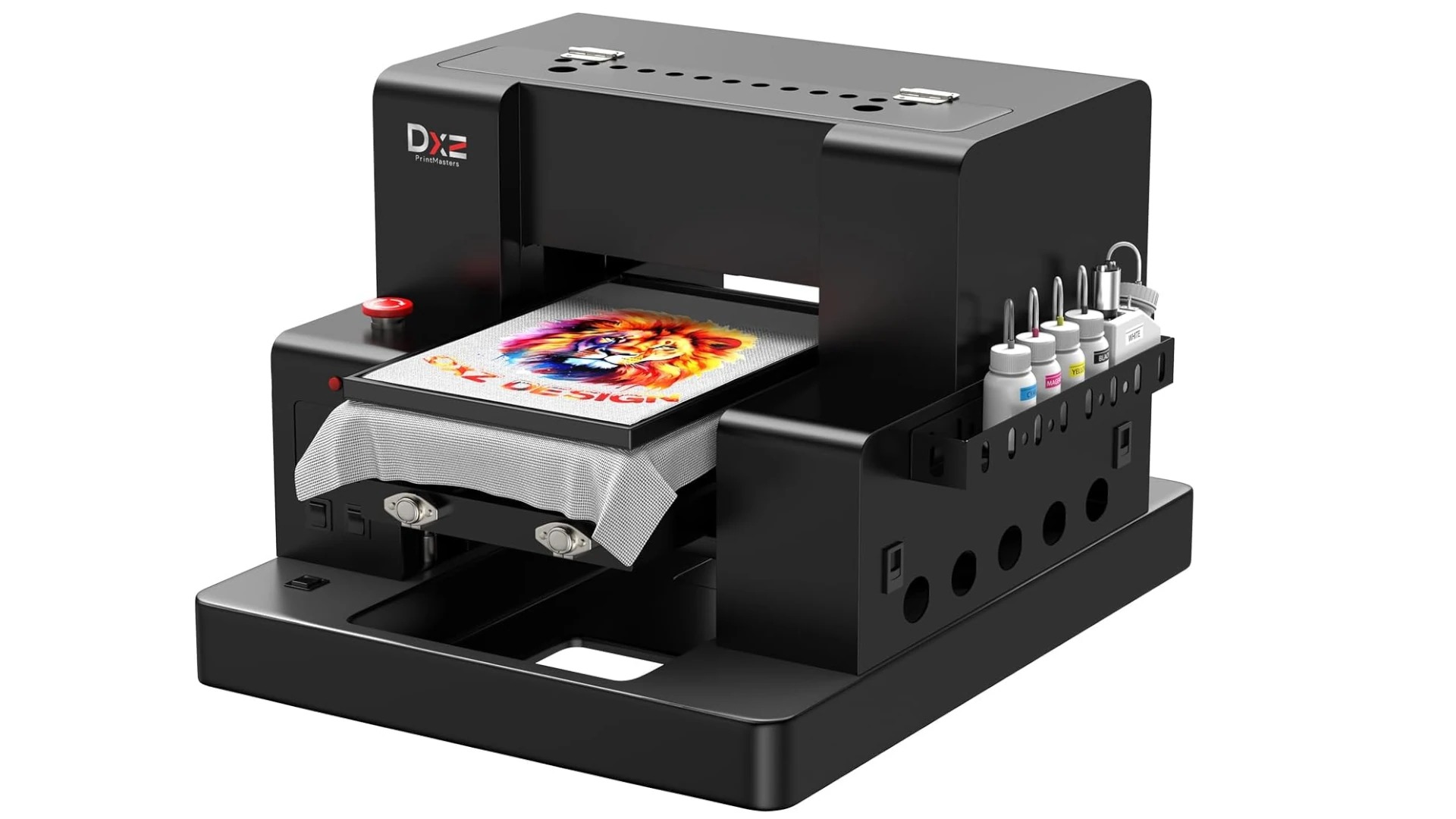In the ever-evolving world of textile and apparel printing, dtf printing—short for Direct to Film printers—have emerged as a game-changing technology. Offering greater versatility, cost-effectiveness, and high-quality results, DTF printing has rapidly become a favorite among custom apparel creators, small businesses, and industrial print shops alike.
What Is a DTF Printer?
A DTF printer is a specialized printing machine that prints designs directly onto a special PET film, which is then transferred onto fabric using heat and pressure. Unlike traditional screen printing or even Direct to Garment (DTG) printing, DTF does not require pre-treatment of the fabric and works on a variety of materials, including cotton, polyester, blends, nylon, and more.
How DTF Printing Works
The DTF printing process involves several key steps:
-
Design Creation: The user designs the artwork using graphic software such as Adobe Photoshop or Illustrator.
-
Printing on Film: The design is printed onto a PET film using DTF ink, usually in CMYK and white layers.
-
Application of Adhesive Powder: A hot-melt adhesive powder is applied to the printed film and then heated to cure.
-
Heat Transfer: The film is then placed on the garment and heat-pressed at around 160–170°C (320–338°F) for 15–20 seconds.
-
Peeling the Film: After cooling slightly (cold peel or hot peel depending on the film), the PET film is removed, leaving a vibrant and durable design on the garment.
Key Benefits of DTF Printing
-
Versatility: Works on a wide range of fabric types and colors, unlike DTG which is mainly for cotton.
-
Durability: Transfers are wash-resistant and flexible, lasting through many washes without cracking or fading.
-
Cost-Effective for Small Runs: No need for screen setups or pre-treatment, making it ideal for small-batch or one-off prints.
-
Vibrant Colors: DTF prints offer excellent opacity and color vibrancy, even on dark fabrics.
DTF vs. DTG vs. Screen Printing
| Feature | DTF Printing | DTG Printing | Screen Printing |
|---|---|---|---|
| Fabric Compatibility | Cotton, Polyester, Blends | Mainly Cotton | All types, with proper ink |
| Pre-Treatment Needed | No | Yes | No |
| Setup Cost | Low | Moderate | High (for small runs) |
| Print Quality | High | High | Very High for large runs |
| Best For | Small to medium print jobs | High-detail cotton printing | Bulk printing |
Things to Consider When Buying a DTF Printer
-
Print Size Capability: Consider A3 or A2 format based on your production needs.
-
Ink System: Choose a printer with a reliable white ink circulation system to prevent clogging.
-
Maintenance: Regular maintenance is necessary to keep the print heads in good condition.
-
Support & Software: Good RIP software and customer support from the manufacturer are essential.
Final Thoughts
DTF printing is revolutionizing the garment decoration industry by combining ease of use, low entry cost, and high-quality output. Whether you’re a hobbyist, a small business owner, or a print shop looking to diversify your services, investing in a DTF printer can be a smart and profitable move.
As the technology continues to advance, we can expect DTF printing to become even more accessible and powerful—solidifying its place in the future of textile printing.
